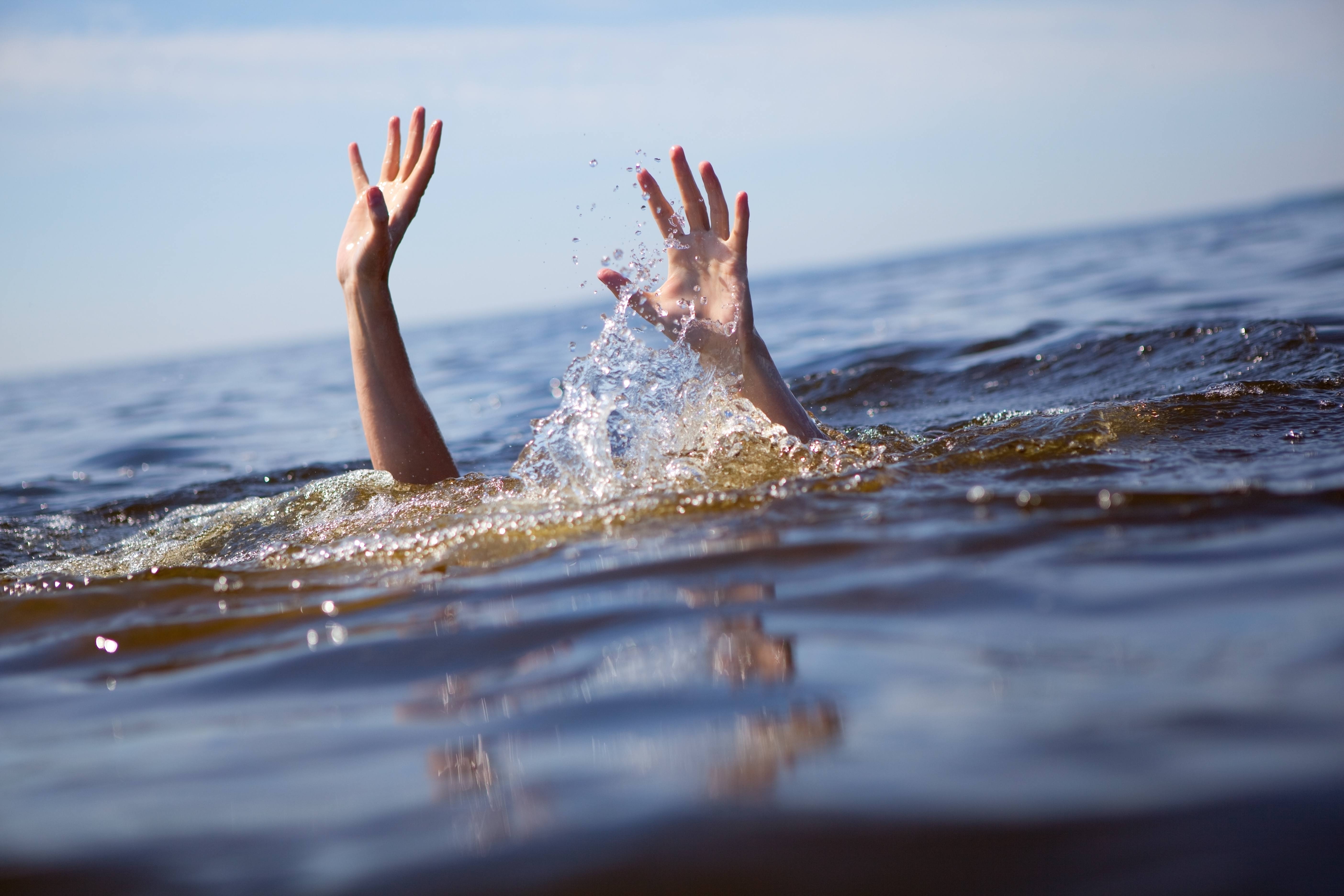
The ManicaPost

Dr Tendai Zuze —
NEAR-DROWNING refers to almost dying from suffocating under water. It is the last stage before actual drowning, which often results in death.
Most people who nearly drown are young children, but with the recent heavy rains and flooding this can happen to anyone. Knowing what to do in the event of near drowning can help save someone’s life.
Near- drowning occurs when you are unable to breathe under water for a significant period of time. During near-drowning, oxygen intake decreases and major body systems shut down from the lack of oxygen flow. In some cases (particularly in young children), this can happen in a matter of seconds. The process typically takes longer in adults.
The majority of near-drowning cases are attributed to accidents that occur near or in the water. Other important factors in near drowning include an inability to swim, panic in the water, leaving children unattended near water bodies, alcohol consumption while swimming and medical emergencies like convulsions or a heart attack while in water.
It is a misconception that you are safe if you are larger than a body of water. You can drown in just a few litres of water. Someone who has nearly drowned would usually have the following symptoms:
Unresponsive to verbal commands and physical stimulation
cold or bluish skin
abdominal swelling
chest pain
cough, usually with pink frothy sputum
shortness or lack of breath
vomiting
confusion and irritability
In the event of a near drowning, only attempt to rescue someone from water if it is safe to do so and if you are a competent swimmer. Use safety objects such as life rings and throw ropes to help the victim if they are still conscious. You should also remember that when someone is drowning they are not usually able to call for help so keep an eye out for anyone struggling in the water. It is important to start rescue breathing as soon as possible if the person has stopped breathing. CPR involves giving oxygen to the person through mouth-to-mouth movements. Chest compressions are equally important because they help increase oxygen flow through the blood to prevent fatal complications.
Be very careful when handling the person and performing CPR, as they could have a neck or spinal injury. Try not to move or turn their neck. Stabilize the neck by taping it to a stiff board (backboard) or placing towels or other objects around the neck to support it.
If the person has near-drowned in cold water, remove their wet clothes and cover them in warm blankets or clothing to prevent hypothermia. Resuscitation may still be possible even if someone has been underwater for quite some time.
Near-drowning is not always fatal, but it can lead to health complications.Near-drowning most often causes lung complications, such as pneumonia and acute respiratory distress syndrome. Although a person might seem to enter a recovery state after being rescued from near-drowning, they may have already experienced severe repercussions from a lack of oxygen flow within the body. Brain damage is another dangerous near-drowning complication. Bodily injuries, as well as chemical and fluid imbalances, may result. It can also cause a permanent vegetative state.Most people survive near-drowning after 24 hours of the initial incident. However, it’s possible to later die from related complications.For the best chances of recovery, seek help immediately.
Many near drowning accidents are preventable. To be safe:
Don’t drive on flooded roads and don’t attempt to cross flooded bridges whether driving or on foot.
Don’t run around the edge of a pool.
Avoid drinking alcohol while swimming or boating.
Swim with young children at an arm’s length.
Never leave a child alone in a bathtub.
Keep children away from wells, creeks, canals, ponds, and streams.
Empty inflatable or plastic kiddie pools and turn them over after each use (to prevent rain water from collecting).
Have rescue materials and a phone nearby when swimming.
Keep toilet bowl covers down (drowning can happen in very little water).
In near drowning, as in many other medical emergencies, it is important to know how to do cardiopulmonary resuscitation (CPR). Learning CPR could save a loved one’s life. Take a CPR workshop at the many training centres available locally.



